Gallery
Photos from events, contest for the best costume, videos from master classes.
 | 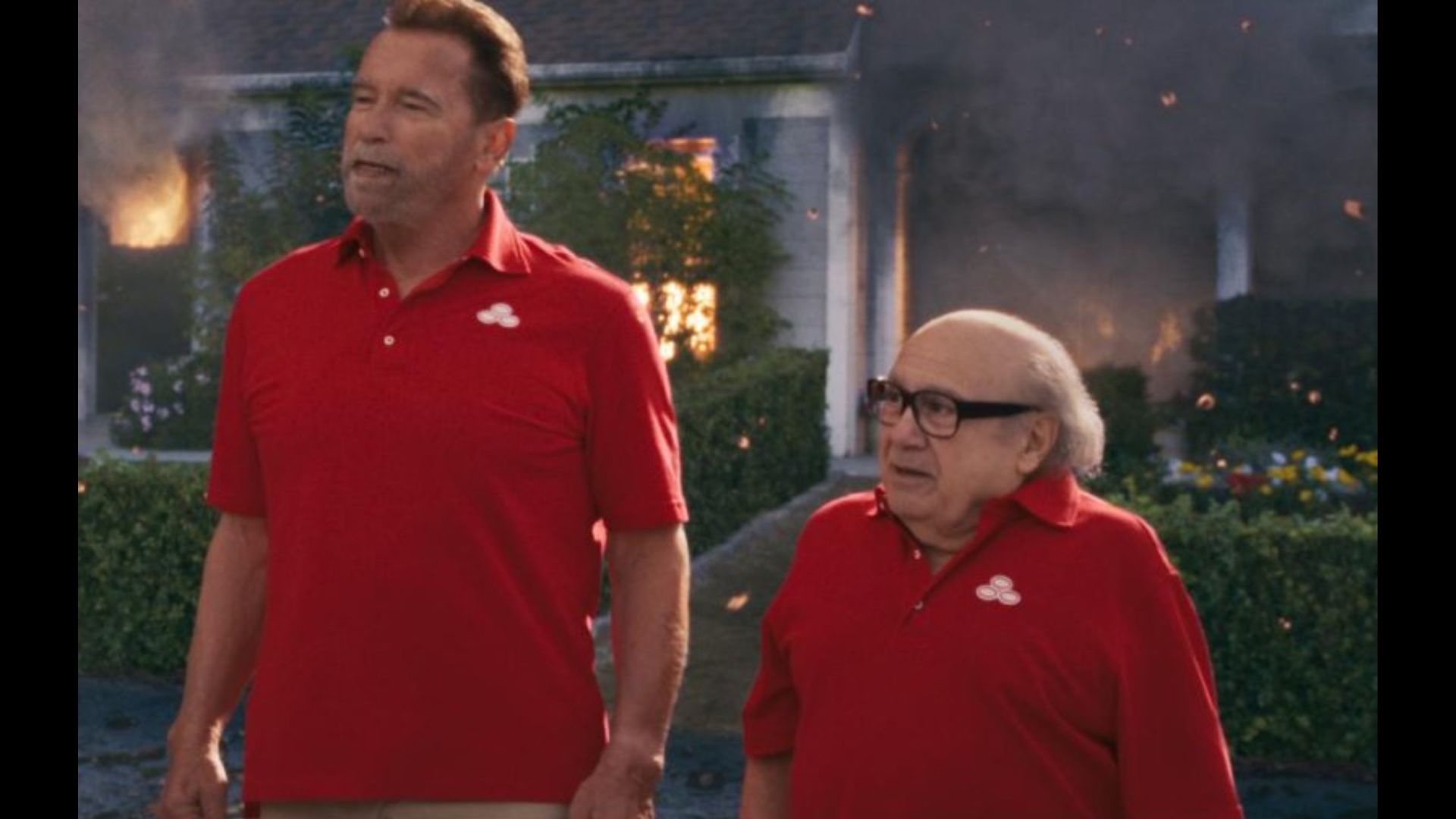 |
 |  |
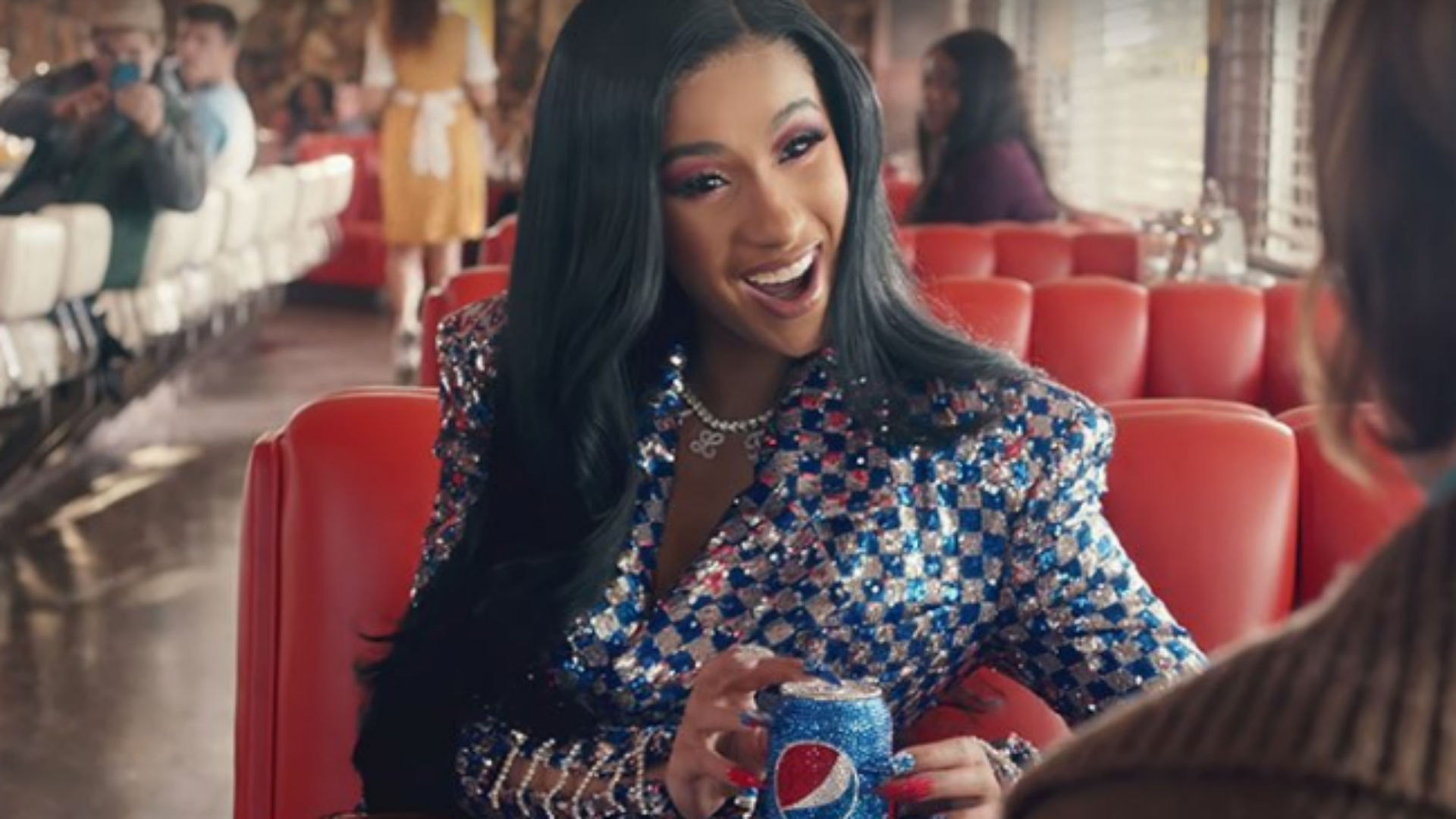 |  |
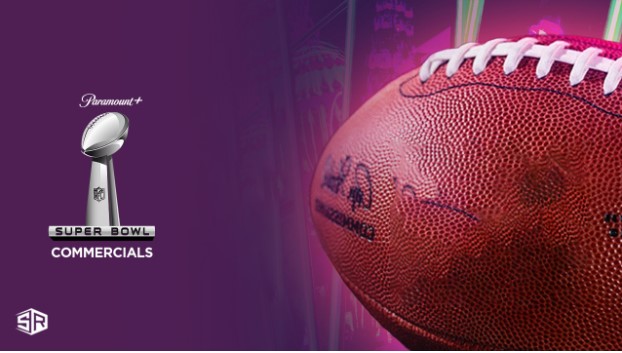 |  |
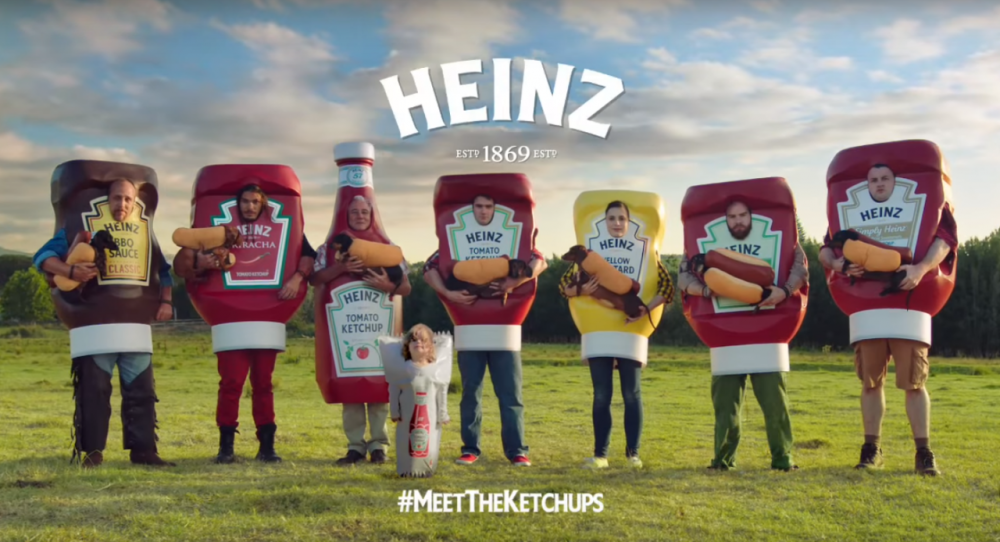 | 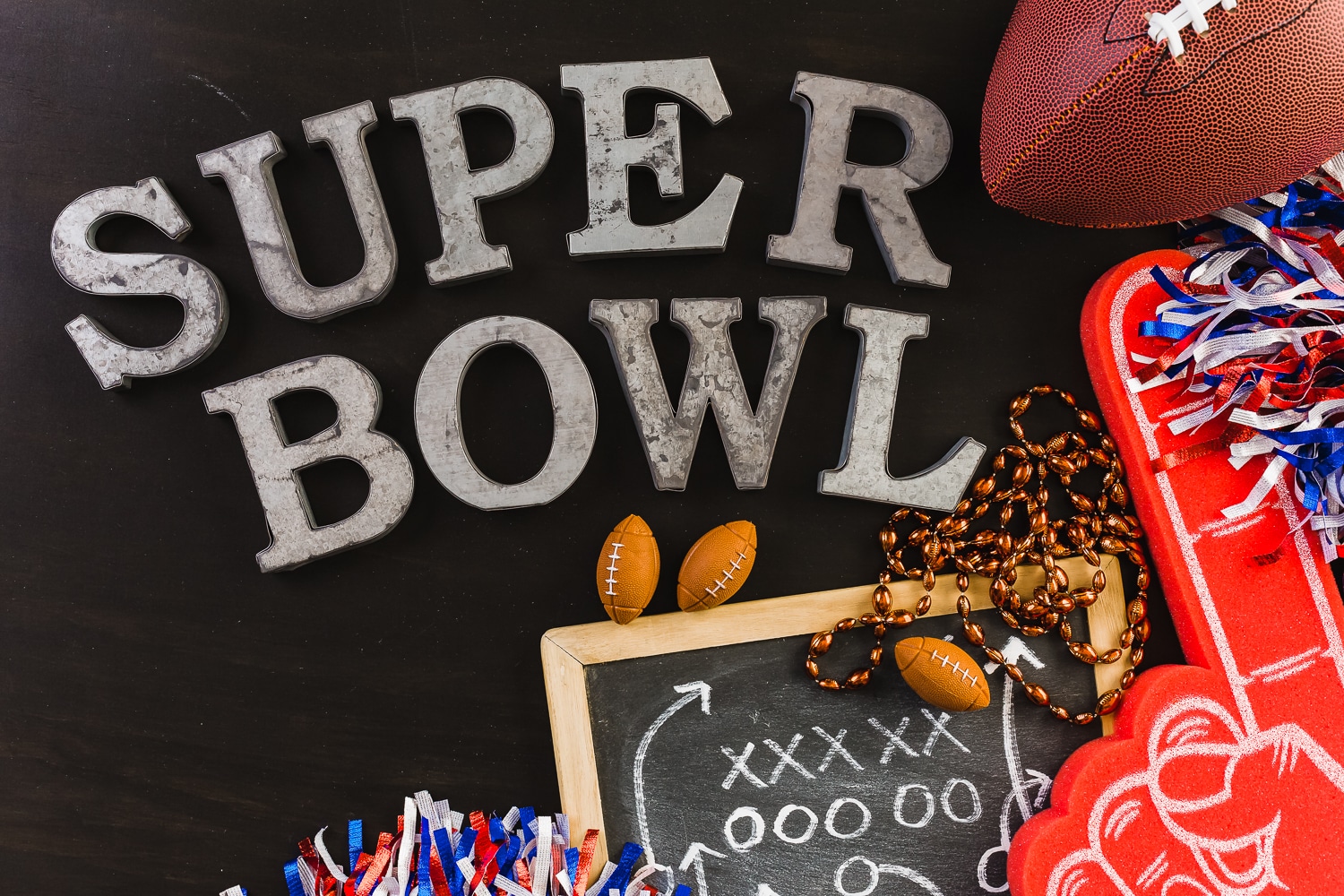 |
 |  |
This rejects the theory that advertising works by serving as a complement to brand consumption. Second, we find that post–Super Bowl sales effects of ad viewership are concentrated in weeks with subsequent sporting events. This suggests Super Bowl advertising builds a complementarity between the brand and sports viewership more broadly. We explore the effects of television advertising in the setting of the National Football League’s Super Bowl telecast. The Super Bowl is well suited for evaluating advertising because viewers pay a Hartmann said the effectiveness of most TV advertising is hard to gauge. But the Super Bowl allows researchers to compare one media and sales market to another. For example, in 2011, when the Green Bay Packers returned to the Super Bowl after a 13-year absence, TV ratings for that game jumped 14 points in their home market of Milwaukee. This suggests Super Bowl advertising builds a complementarity between the brand and sports viewership more broadly. Finally, we collect data on NCAA basketball tournament viewership to test this theory and nd that the complementarity between a brand’s sales and viewership of the tournament is enhanced by Super Bowl ad viewership. Together these Abstract. We explore the effects of television advertising in the setting of the NFL’s Super Bowl telecast. The Super Bowl is well suited for evaluating advertising because viewers pay attention to the ads, more than 40 percent of households watch the game and variation in ad exposures is exogenous because a brand cannot choose how many impressions it receives in each market. Q&A: The science behind Super Bowl commercials. Fowler College of Business marketing professor Paula Peter breaks down the “Taylor Swift Effect” on Super Bowl LVIII and her influence on advertising strategies during the Big Game. This rejects the theory that advertising works by serving as a complement to brand consumption. Second, we find that post–Super Bowl sales effects of ad viewership are concentrated in weeks with subsequent sporting events. This suggests Super Bowl advertising builds a complementarity between the brand and sports viewership more broadly. This is in part because the entire beer category generated hefty sales during this study period. Given that beer sales for Super Bowl promoted products were uniformly strong, and got stronger in weeks following the game, the link between advertising and revenue again appears solid. With respect to cereal and sports drinks, the results were Q: What makes a Super Bowl ad stand out? McMahon: Super Bowl ads stand out because they are crafted for the largest, most culturally significant stage in advertising. The key is a combination of factors: first, the sheer size of the audience—hundreds of millions globally—and second, the social and cultural context. The Super Bowl is more Q: How can consumer-driven advertising campaigns shape future trends in marketing effectiveness and audience engagement? Goldberg: Thinking way out of the box (or bag) this year was Doritos, which offered $1 million to the winner of a competition for the best Super Bowl ad as part of a Doritos Crash the Super Bowl contest. The winners were Ohio We explore the effects of television advertising in the setting of the National Football League’s Super Bowl telecast. The Super Bowl is well suited for evaluating advertising because viewers pay attention to the ads, more than 40% of households watch the game, and variation in ad exposures is exogenous because a brand cannot choose how many impressions it receives in each market. It’s the first time that Science Moms, a campaign from the Potential Energy Coalition, has run an ad during the Super Bowl. It was created in-house in partnership with York Productions. The Super Bowl is well suited for evaluating advertising because viewers pay attention to the ads, more than 40% of households watch the game, and variation in ad exposures is exogenous because a brand cannot choose how many impressions it receives in each market. The Super Bowl is three days away and Novartis is gearing up for its advertising debut at the big game. The Swiss drugmaker announced last week that it will air a 60-second ad during Super Bowl LIX to raise breast cancer awareness and encourage more screenings, specifically targeting women aged 40 and younger. Individuals watch TV shows while simultaneously and/or immediately searching online. Thus, the content of offline TV ads can affect online brand search, a key predictor of sales. Yet there are few insights on the effect of offline ad content on online brand search. We develop hypotheses relating the informational and emotional content of TV ads on online brand search, independently, and in Super Bowl Ads Wesley R. Hartmann, a Daniel Klapper b a Graduate School of Business, Stanford University, Stanford, California 94305; b School of Business and Economics, As AI integrates further into advertising, its role in shaping Super Bowl commercials marks just the beginning of a new era—a fusion of automation, creativity, and machine intelligence. Whether this shift leads to breakthroughs or challenges depends on how businesses, artists, and regulators navigate this rapid evolution. Carl’s Jr., which ditched its sexualized commercials eight years ago, is bringing back its bikini-and-burgers formula for the Super Bowl. TikTok influencer Alix Earle stars in a new commercial Pfizer’s chief marketing officer Drew Panayiotou discussed the decision to show the ad at the Super Bowl in an accompanying behind-the-scenes video. “The Super Bowl is a wonderful platform. The Super Bowl is well suited for evaluating advertising because viewers pay attention to the ads, more than 40% of households watch the game, and variation in ad exposures is exogenous because a brand cannot choose how many impressions it receives in each market.
Articles and news, personal stories, interviews with experts.
Photos from events, contest for the best costume, videos from master classes.
 |  |
 |  |
 |  |
 |  |
 |  |
 |  |